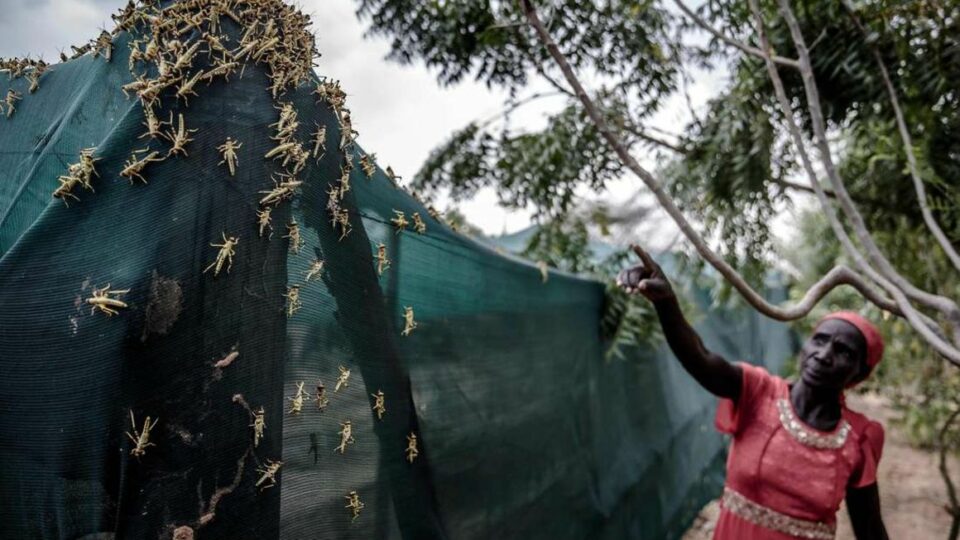The formation of new swarms of desert locusts in Ethiopia and local breeding in northeastern Kenya means the region is not out of the woods yet.
The Food and Agriculture Organisation is warning that the pests continue to pose a threat to food security in parts of East Africa. The FAO in its latest weekly update said the situation remains critical as more swarms form and breed in Ethiopia and Somalia.
Favourable wet and sandy conditions will cause new swarms to form by mid-December, which are likely to move southwards. In addition, locusts are increasing along both sides of the southern Red Sea.
Although countries are better prepared compared with a year ago, the FAO says survey and control operations need to continue to detect and reduce as many infestations as possible.
In Kenya, the government has increased surveillance in Tiaty, Baringo County and in some parts of Samburu, in northern Rift Valley.
“Due to the October/November short rains, breeding of desert locusts is going on in areas such as Tiaty. The locusts still hover around Tiaty, Baragois and Suguta,” said Hamadi Boga, Principal Secretary in Kenya’s Ministry of Agriculture, Livestock, Fisheries and Co-operatives.
In its weekly desert locusts forecasts, FAO indicated that a few small maturing swarms persist in Samburu County, and local breeding could eventually occur in the northwest with the short rains.
“When we look at the data, locusts have always done a two-year cycle before they are contained… Aerial spraying has been increased in Somali and Ethiopia and if they manage to contain them, then we will have less to worry about,” said Prof Boga
In Eritrea, several immature swarms from northeastern Ethiopia arrived recently in the highlands south of Asmara where they are likely to continue to the Red Sea coast. In Sudan, more hatching and hopper bands formed in the east between the Atbara River and the Red Sea Hills, where control operations continue. Breeding continues on the northern Red Sea coast near Al Zurah in Yemen.
By The Eastafrican



